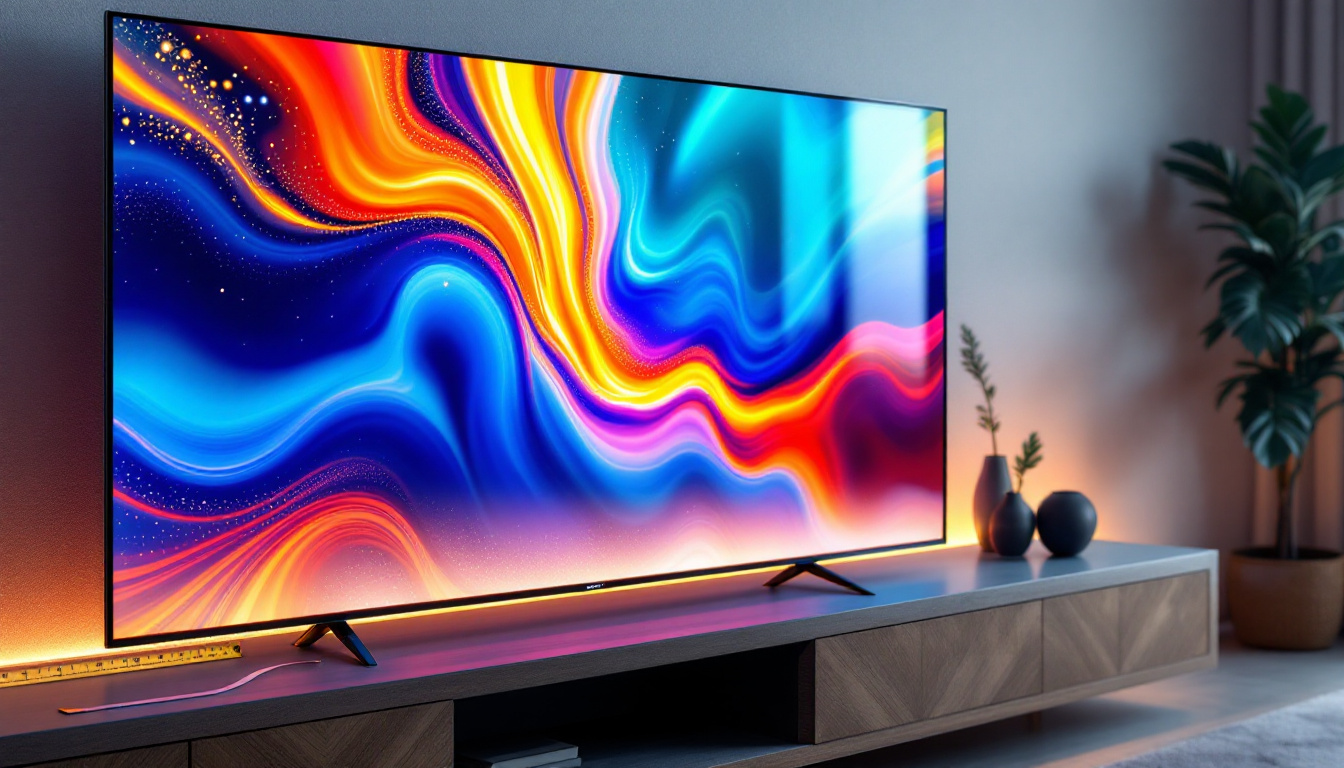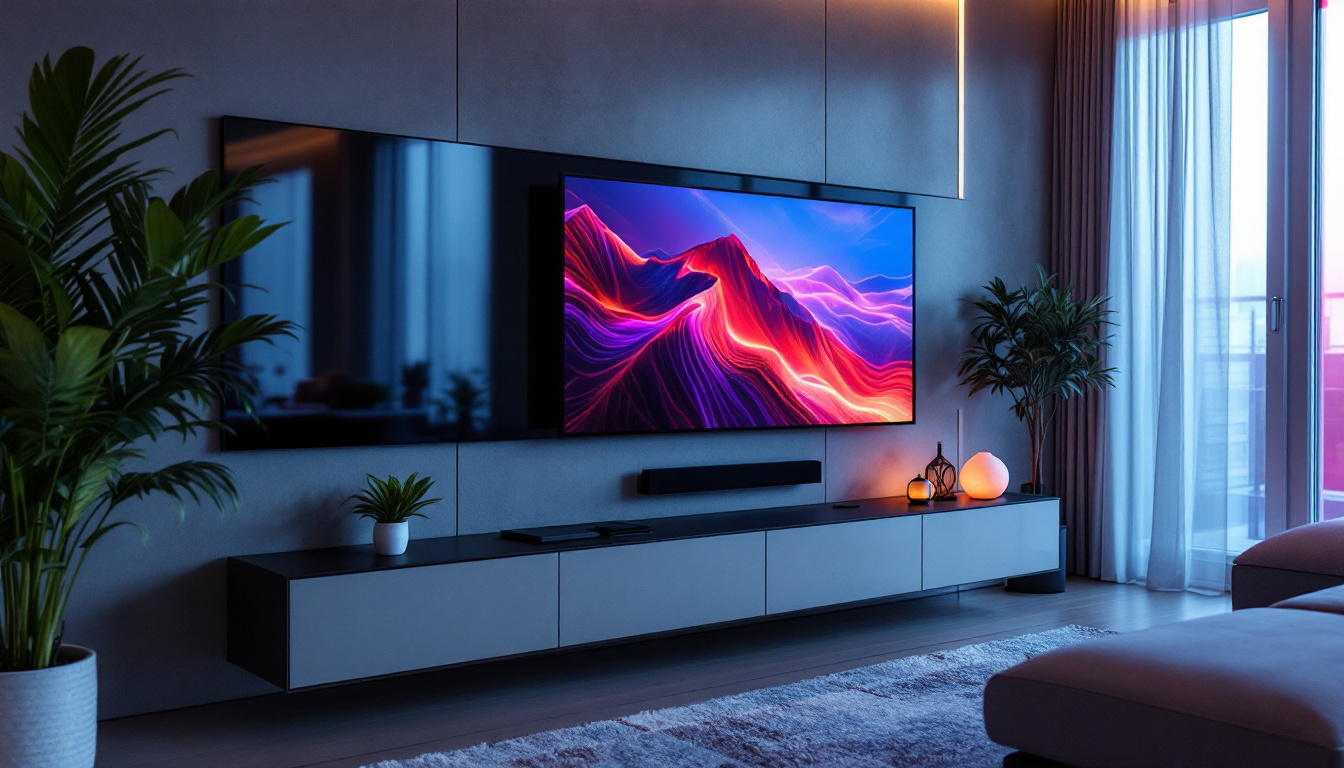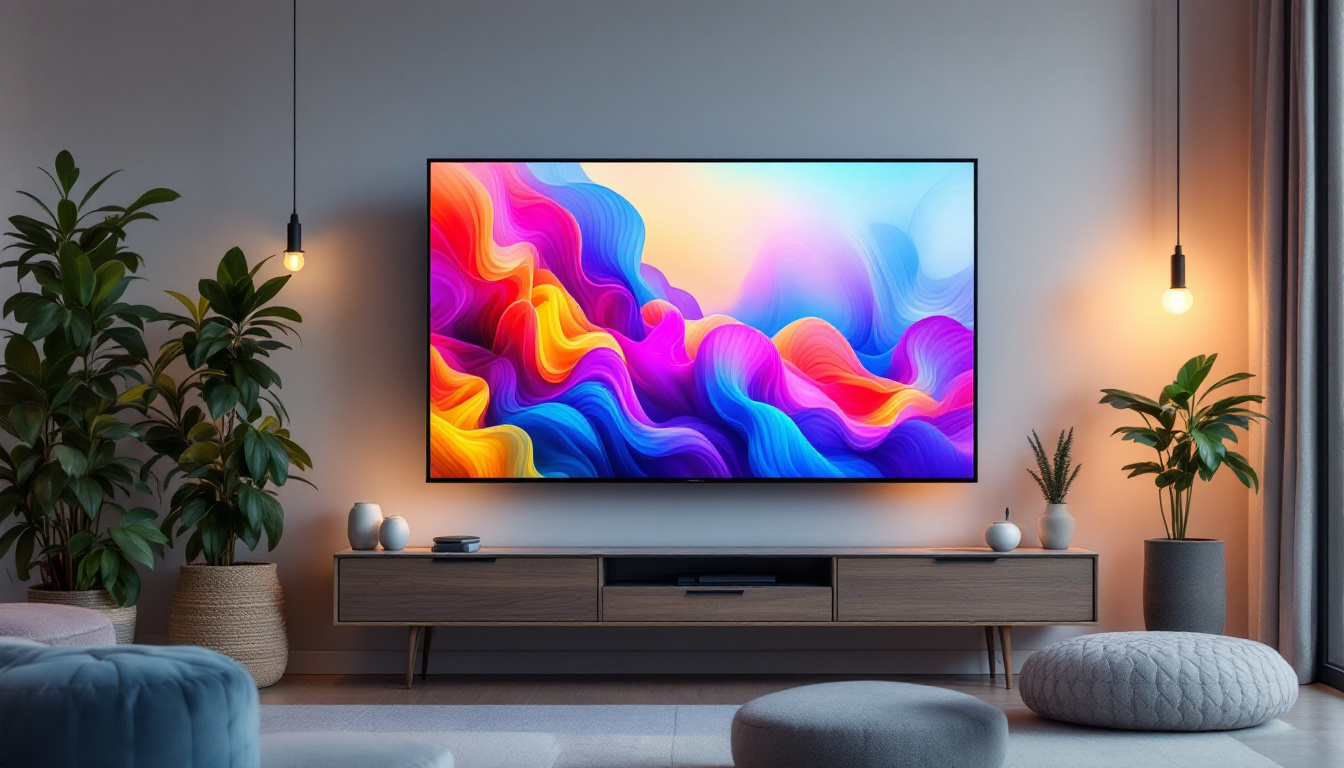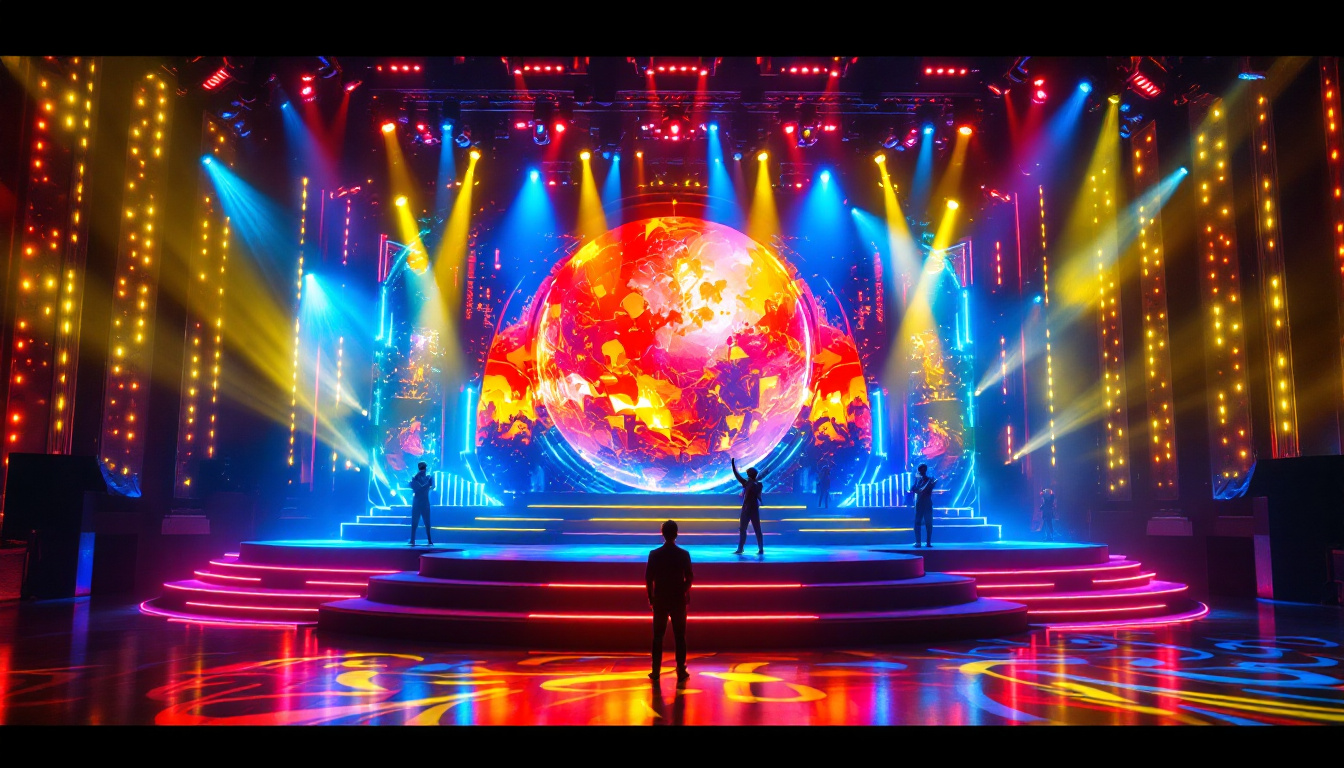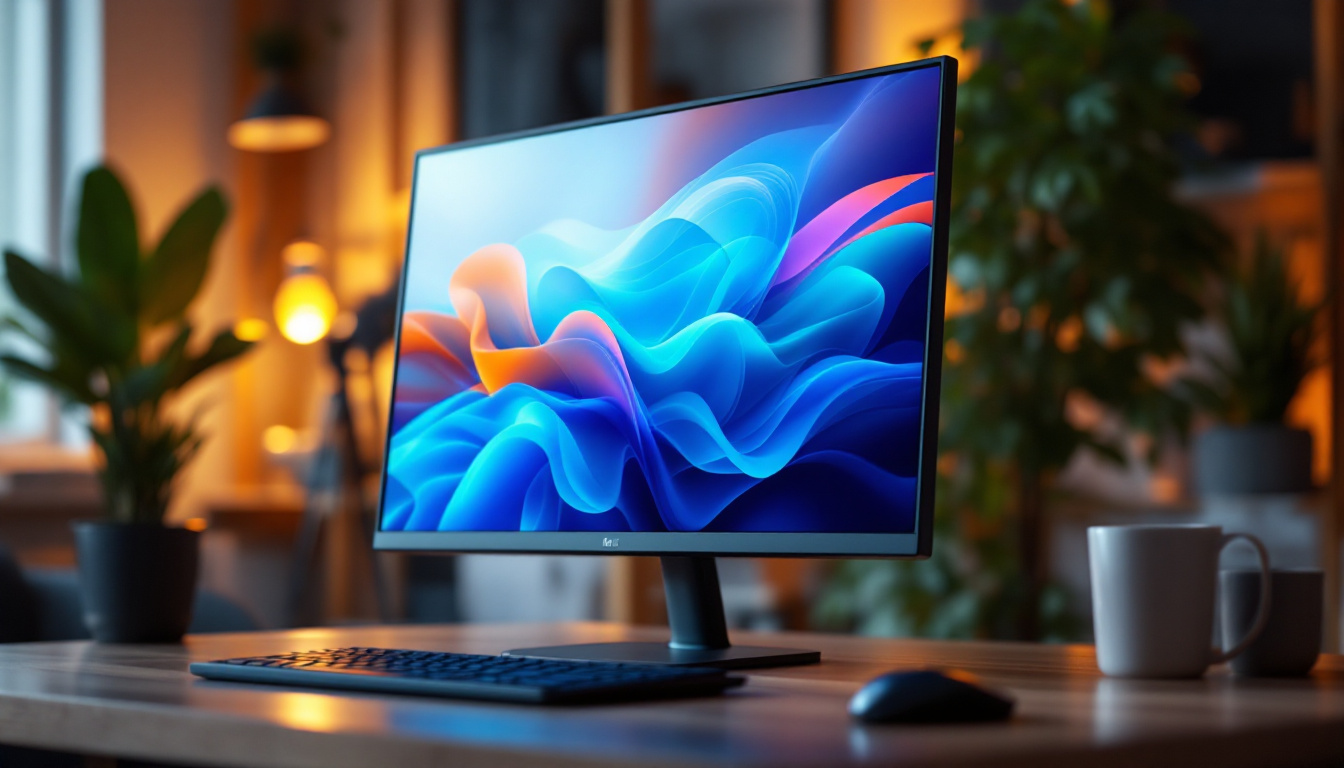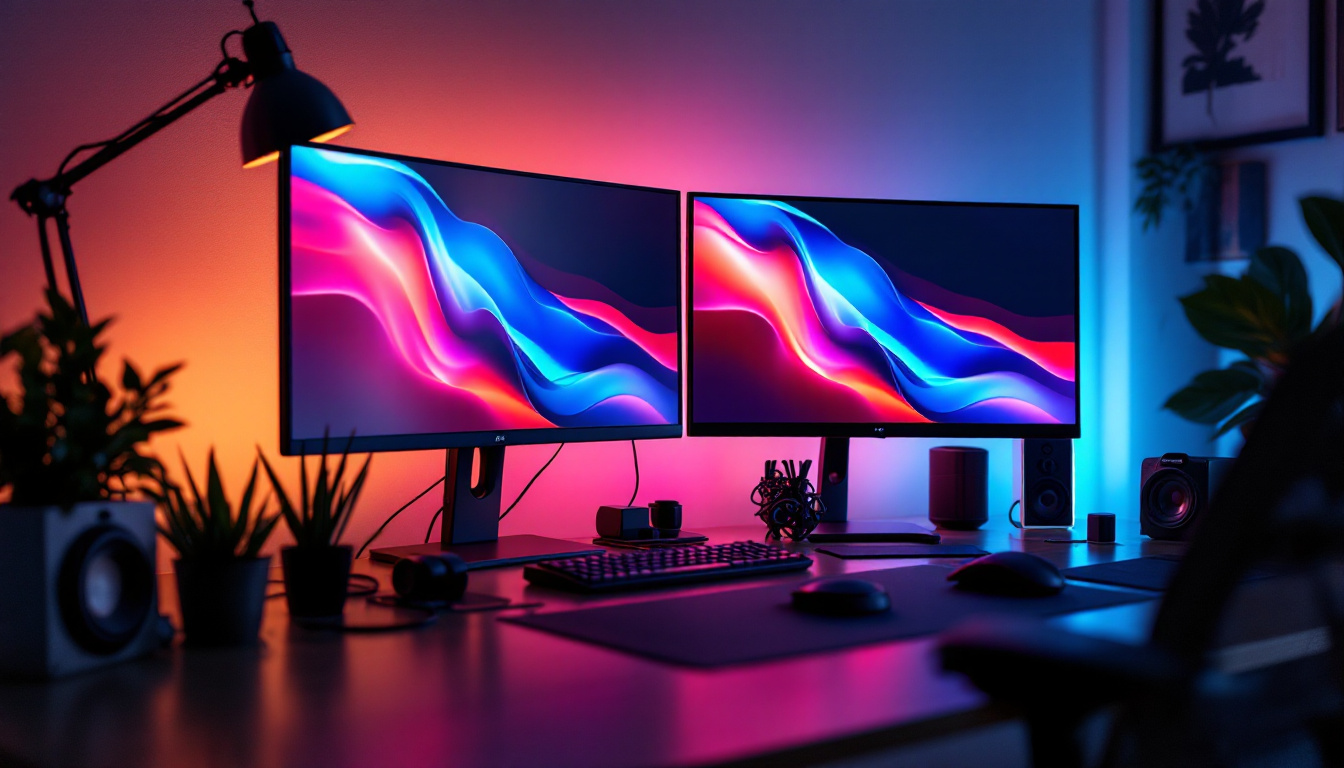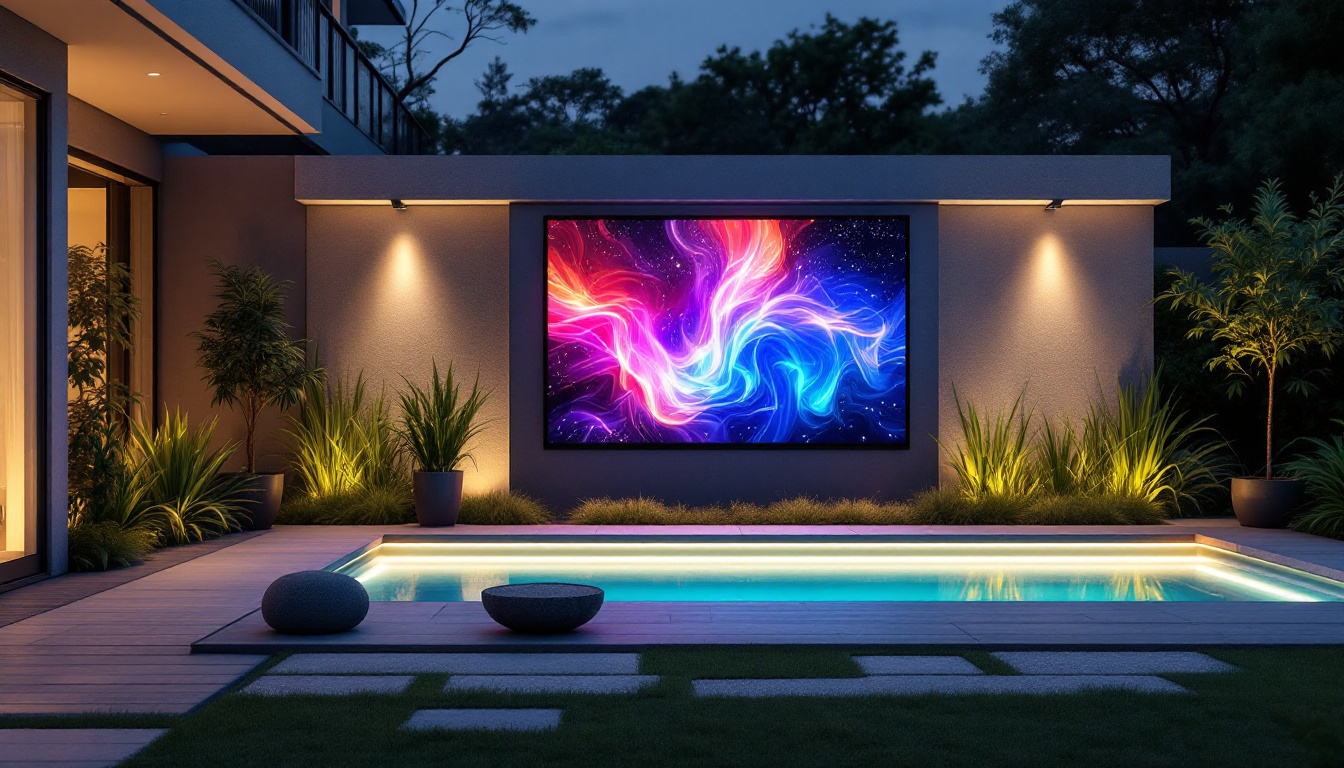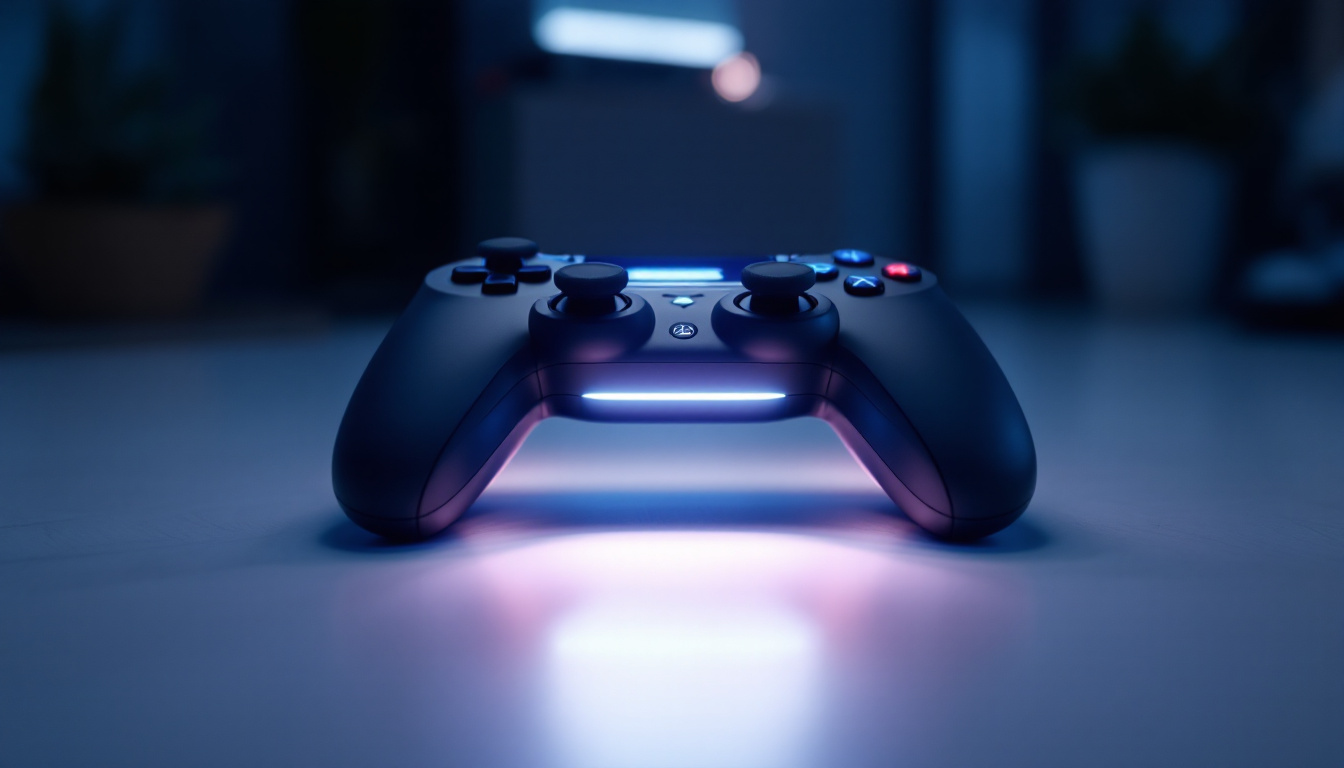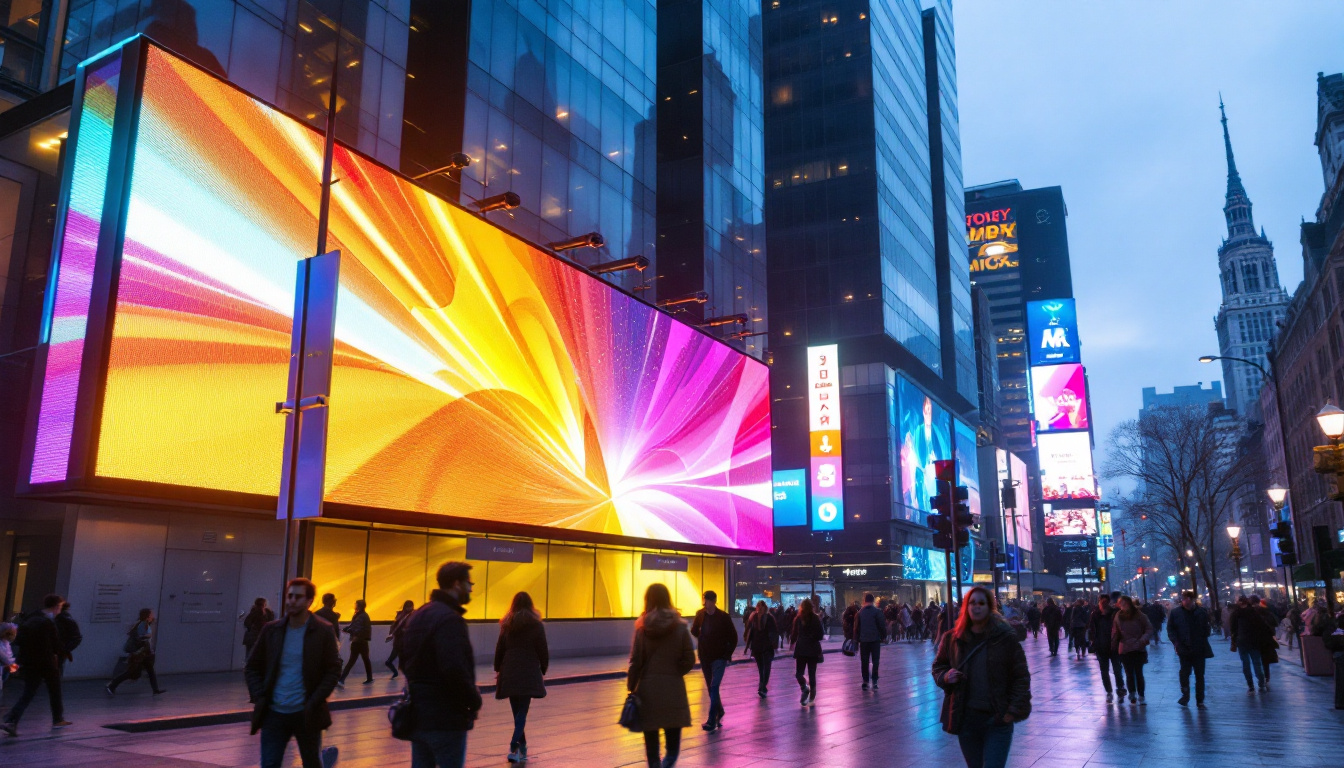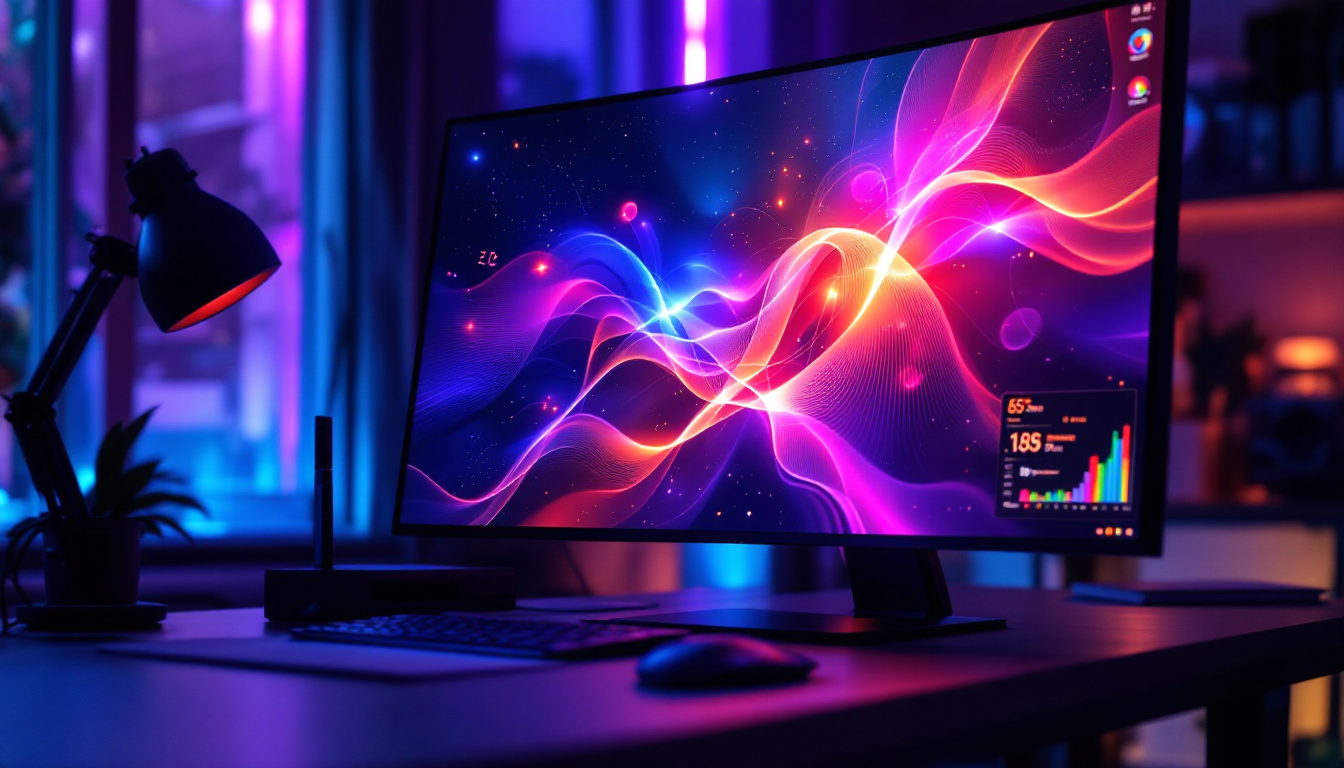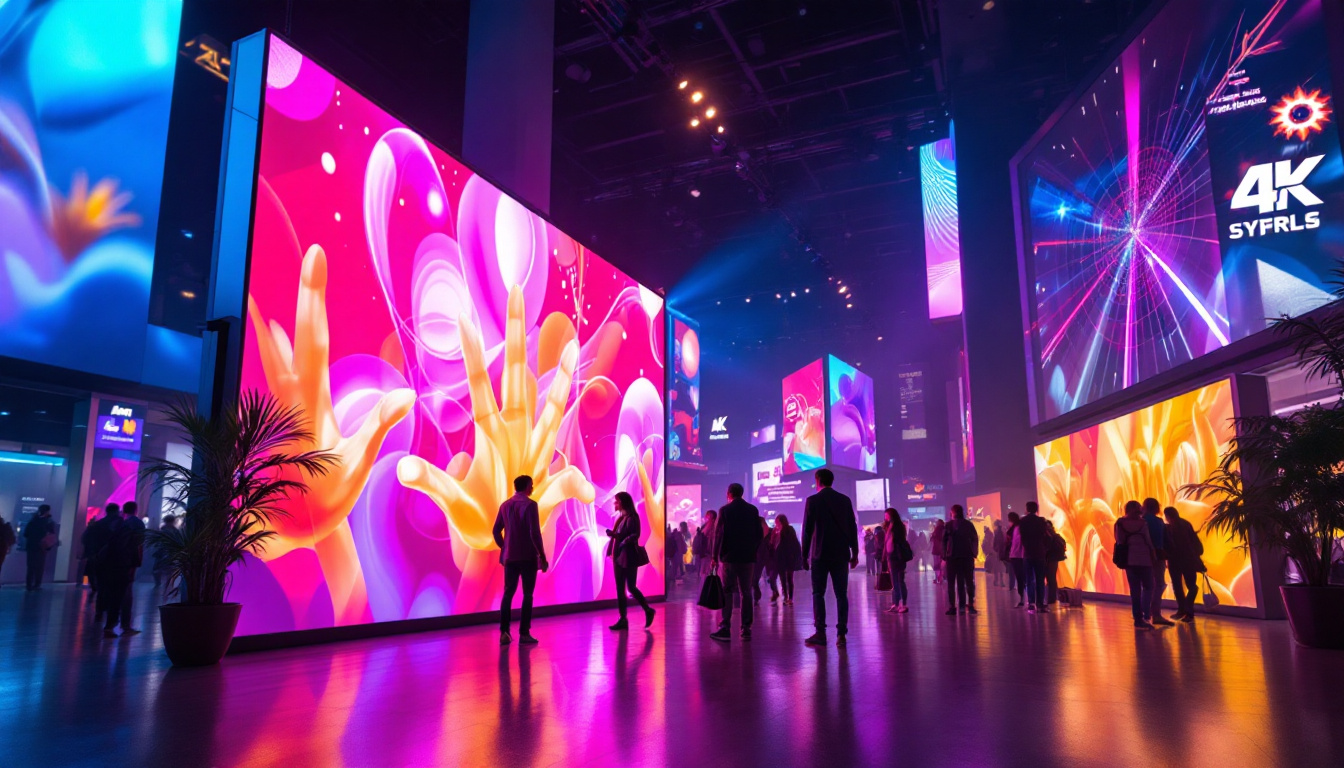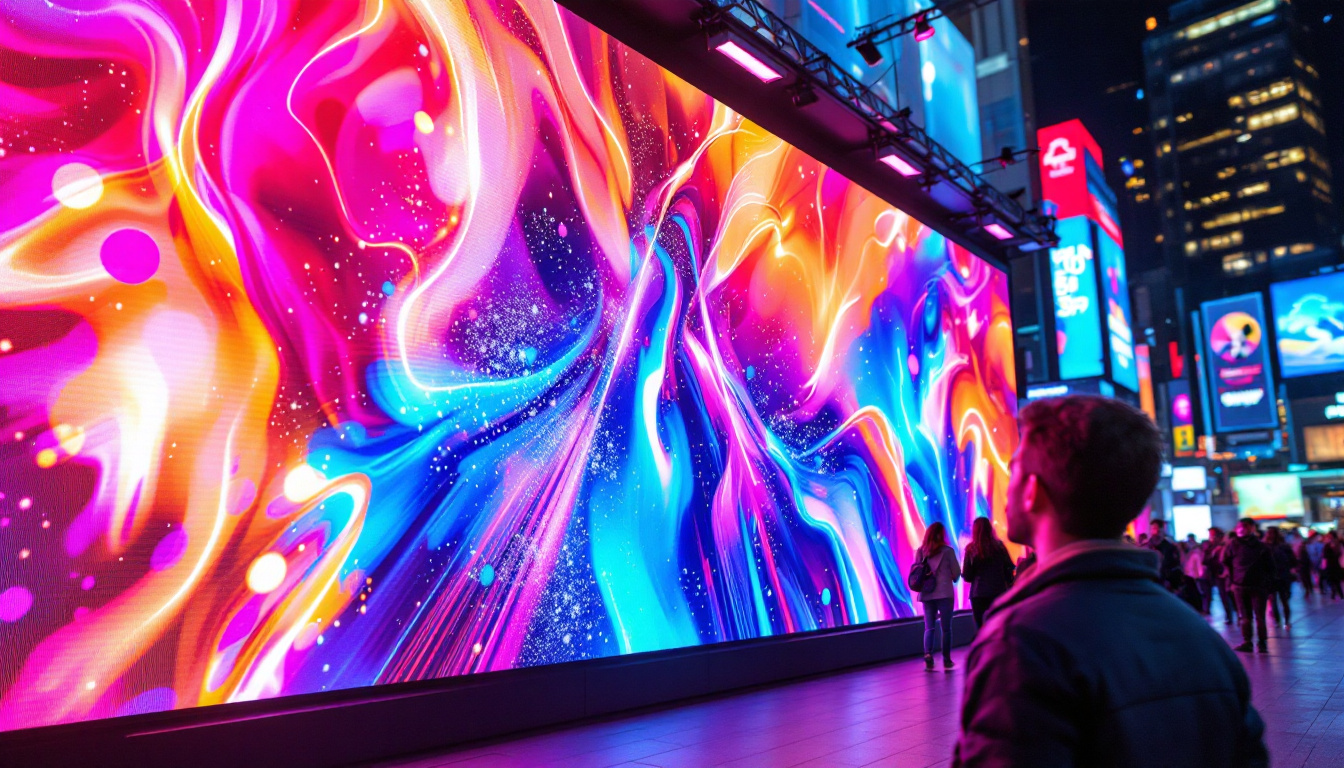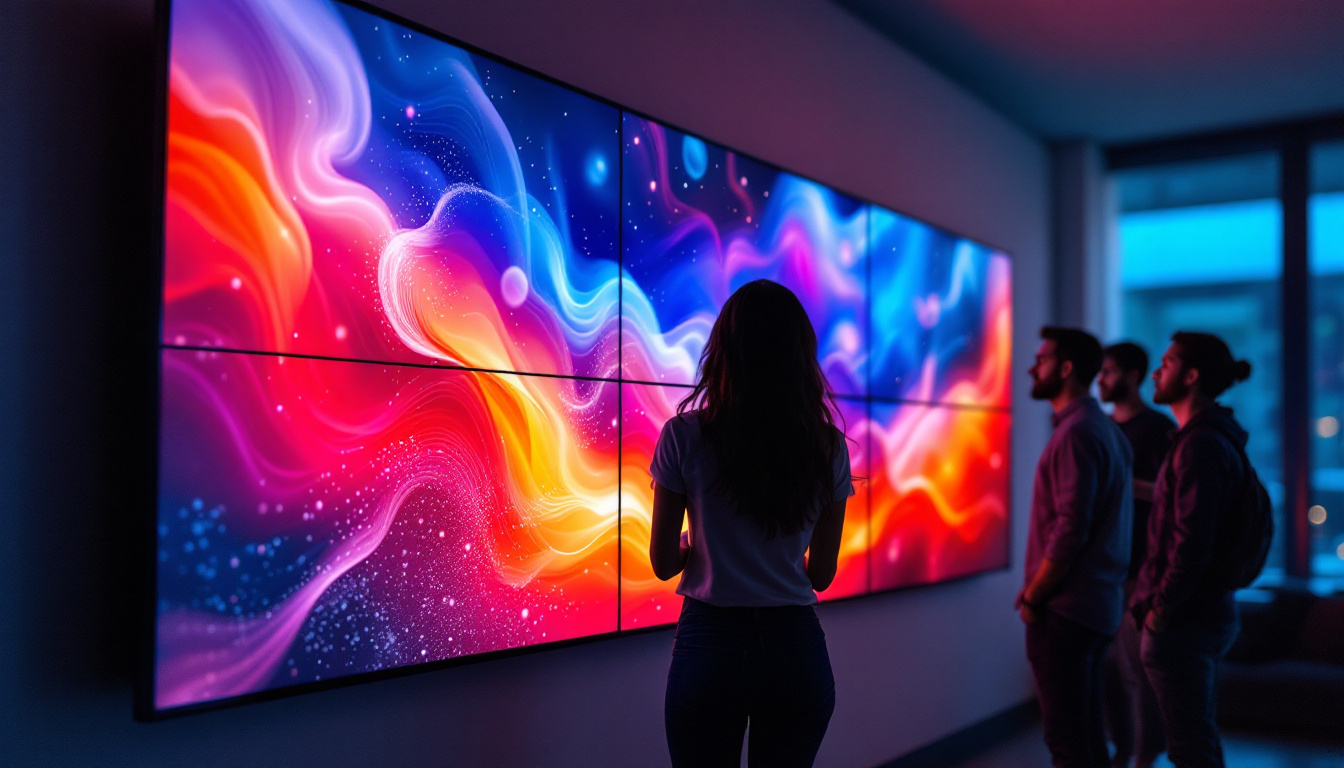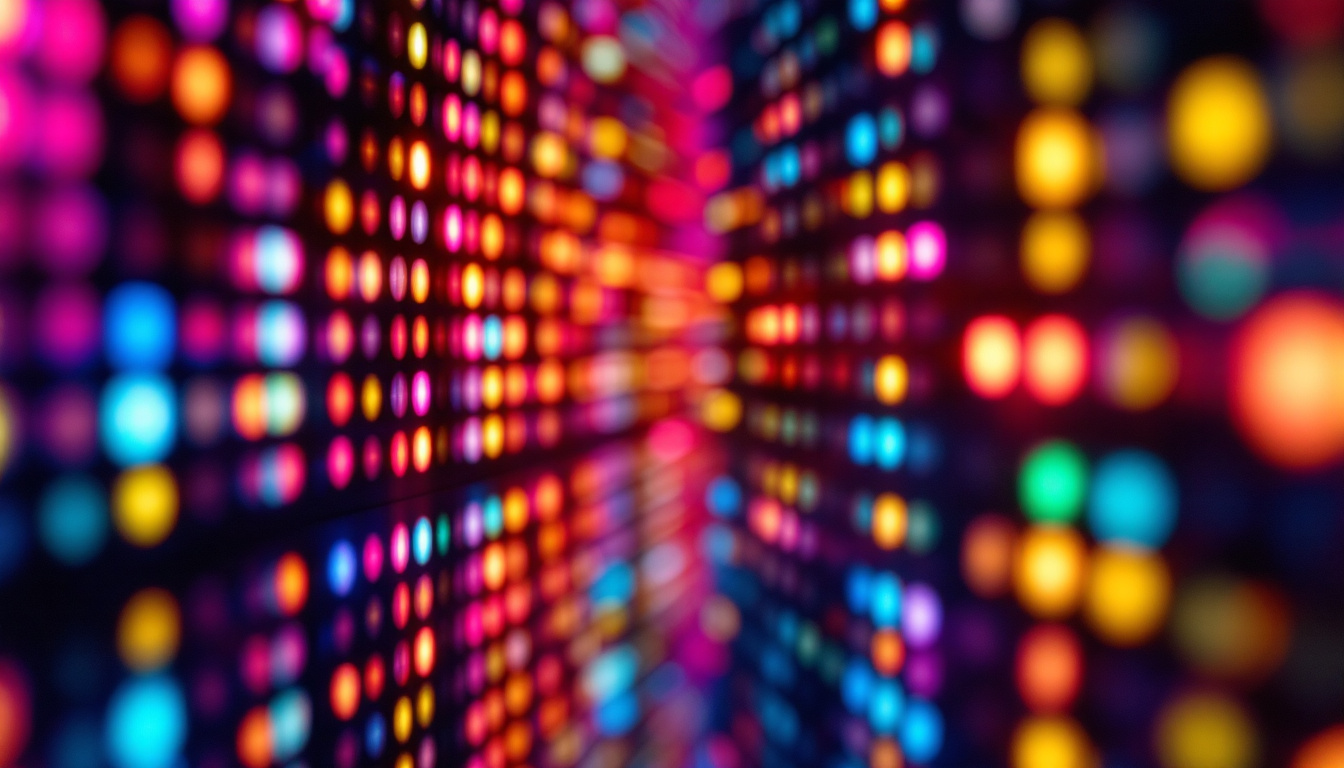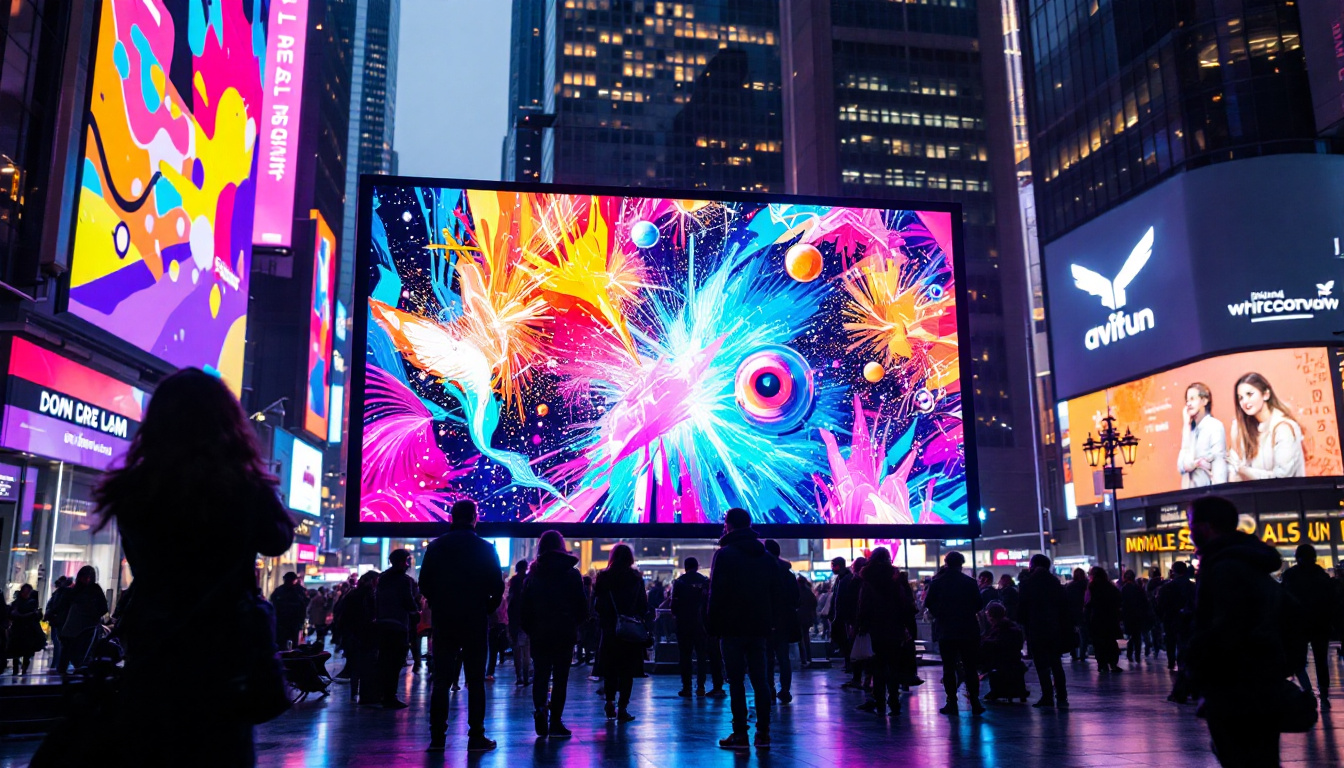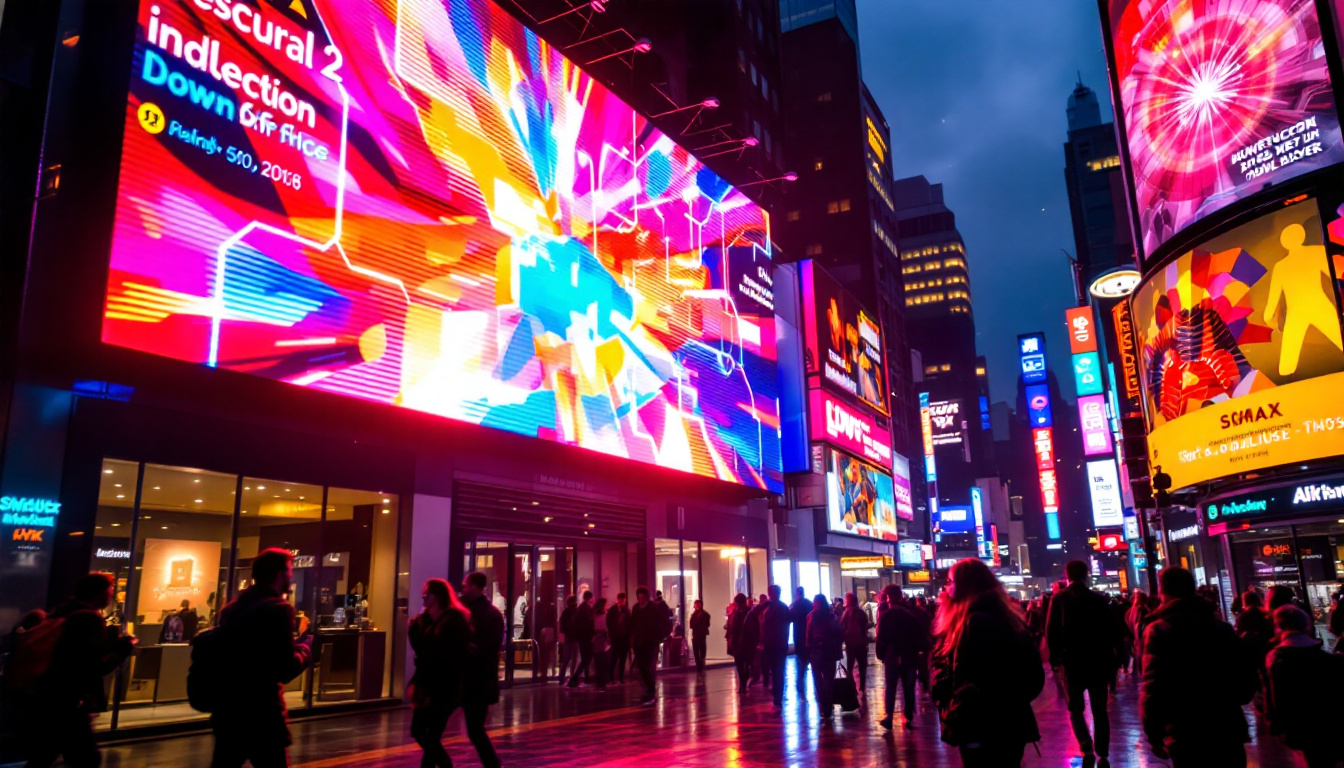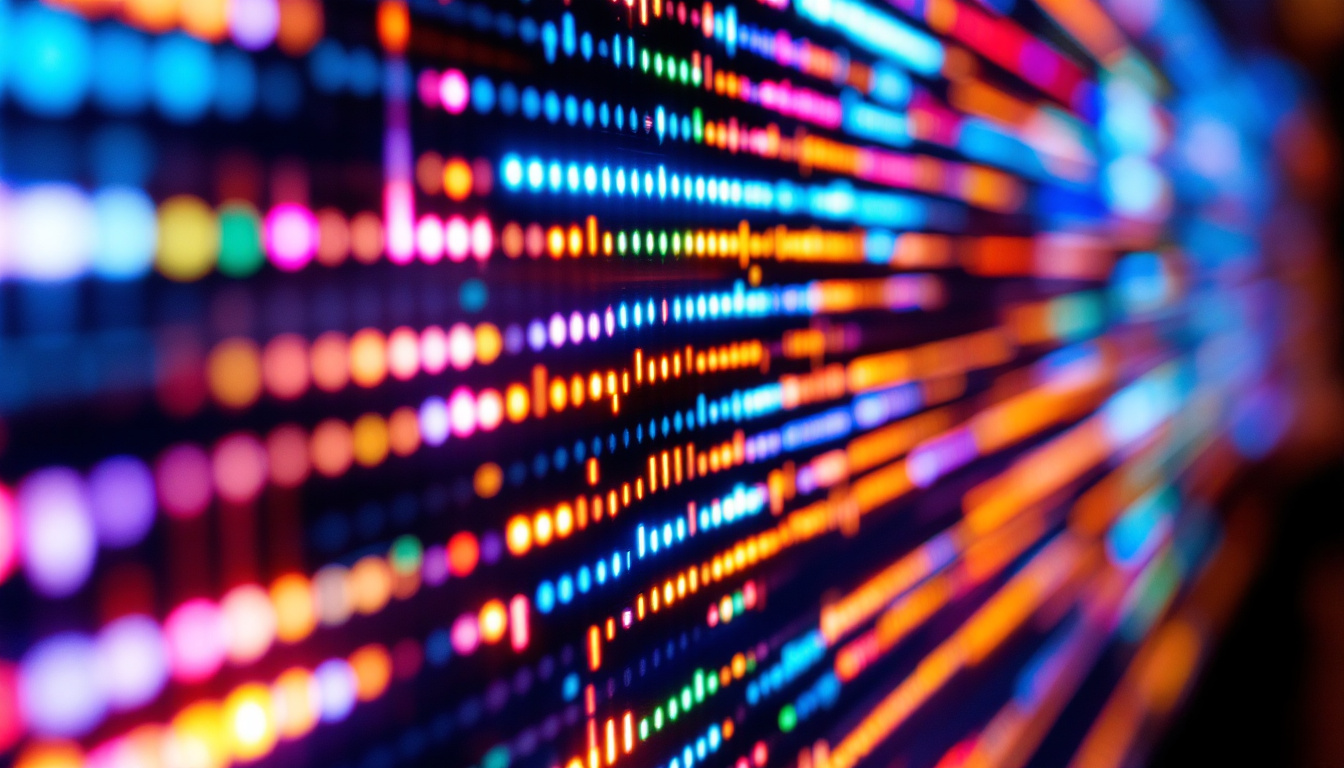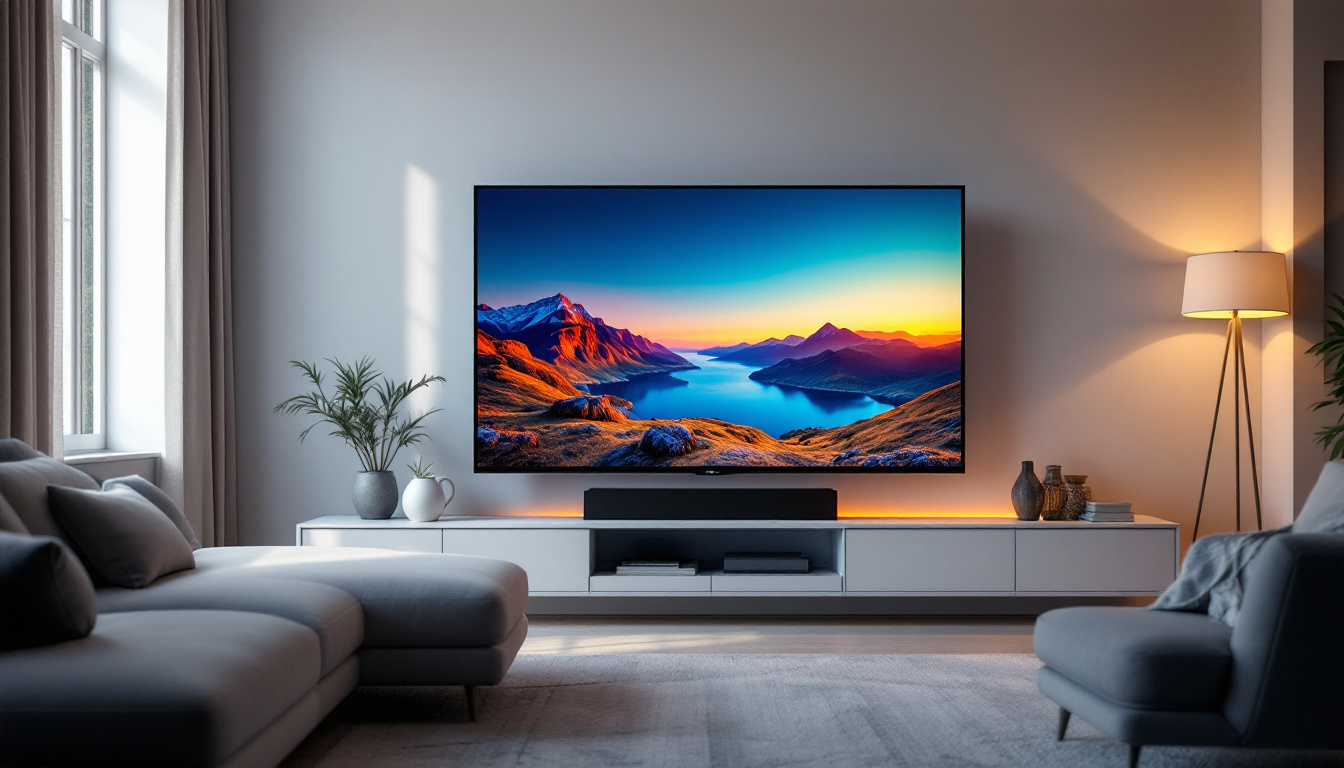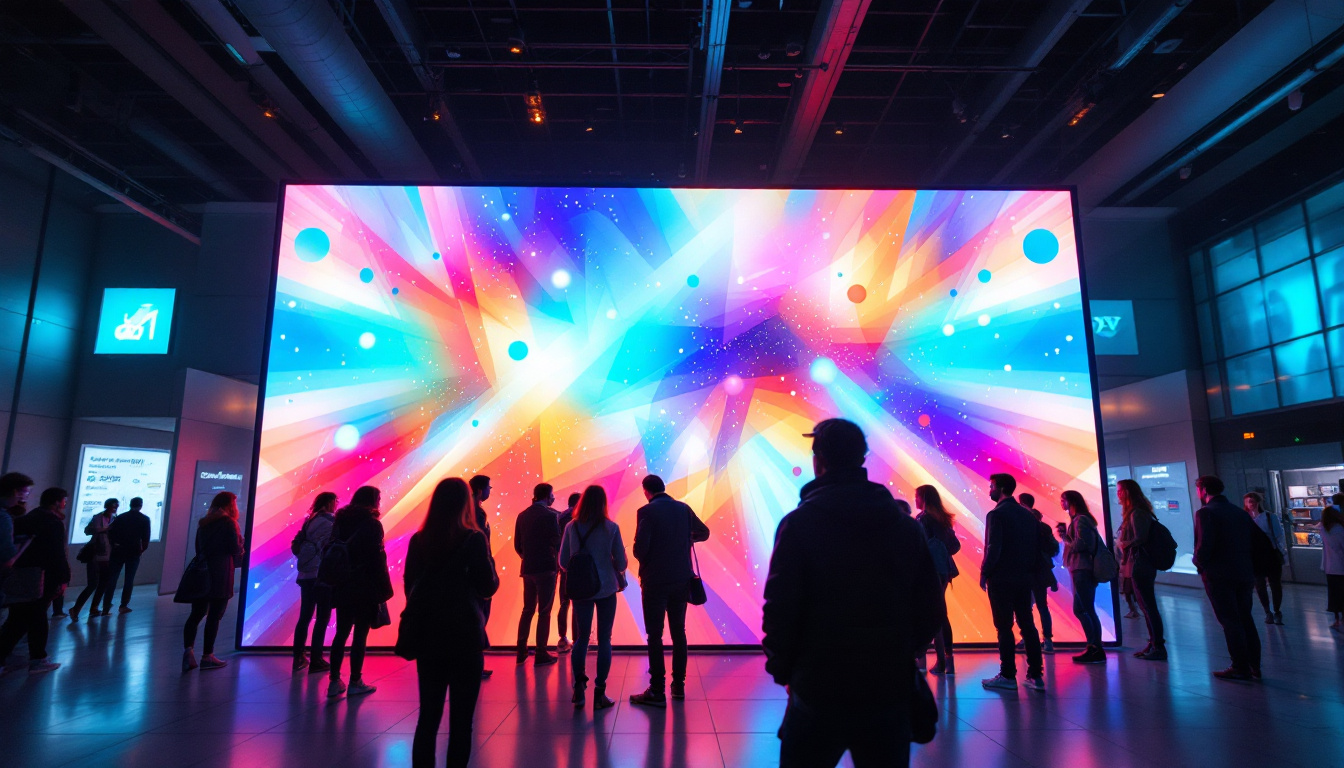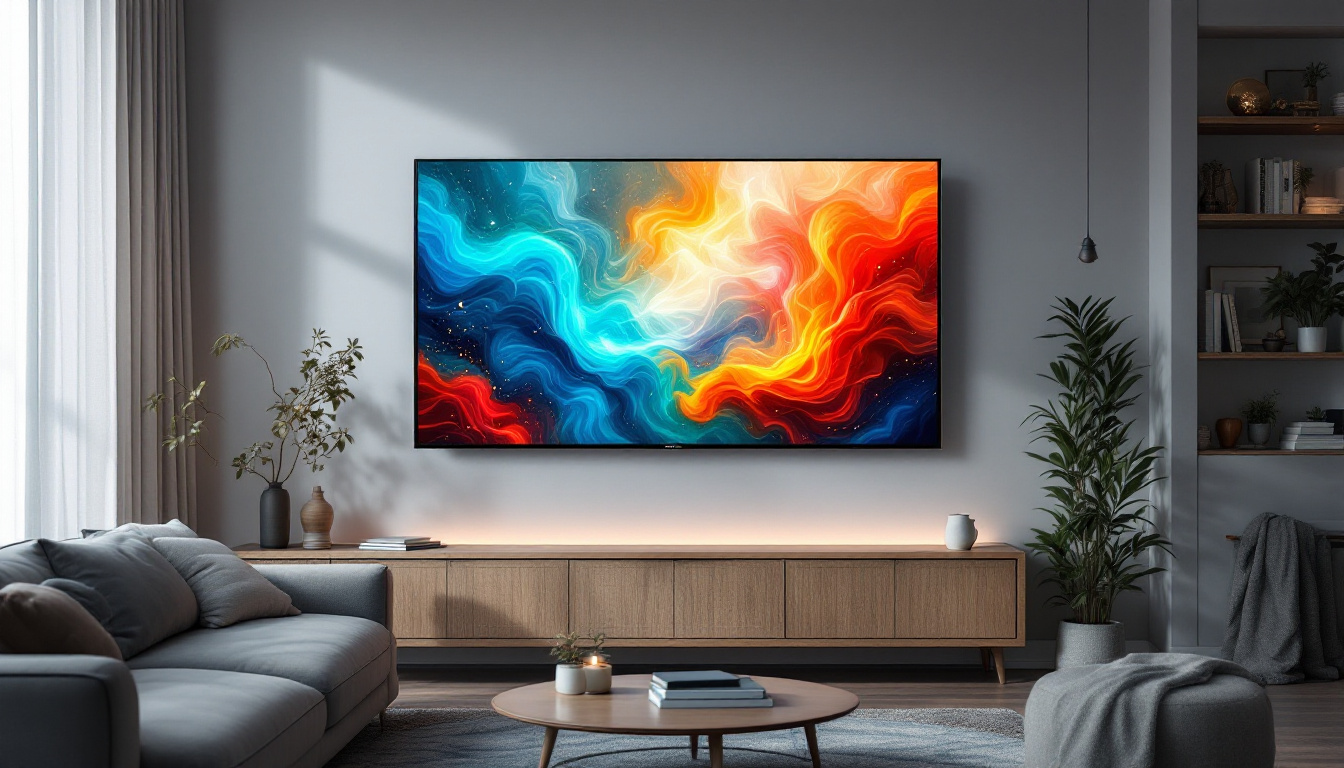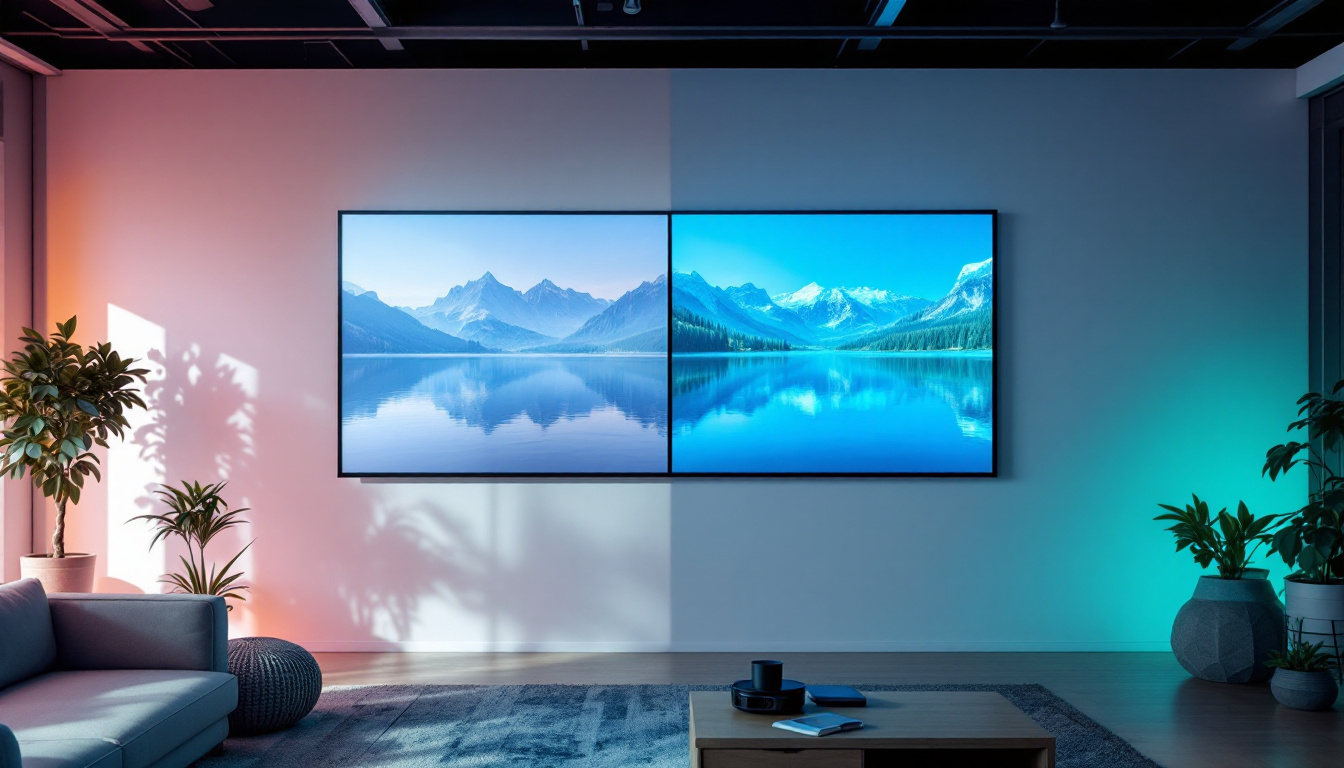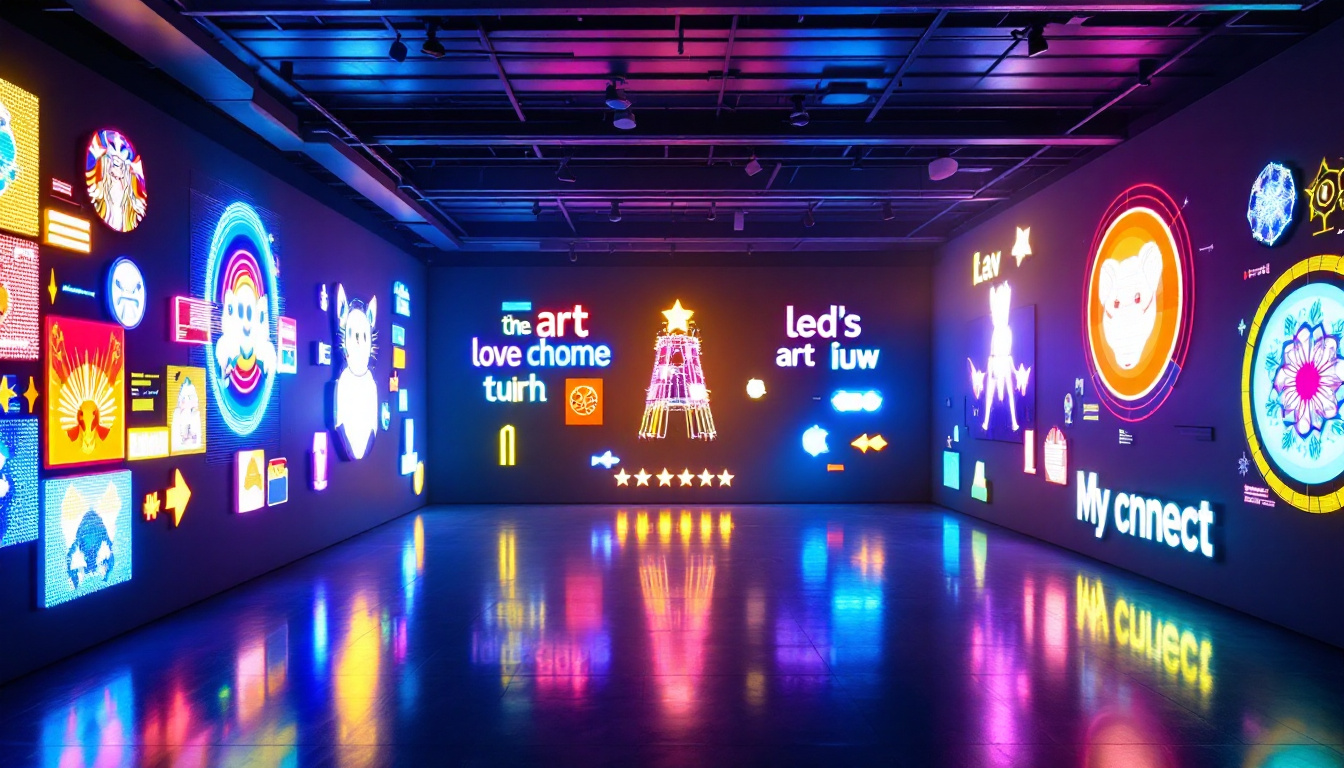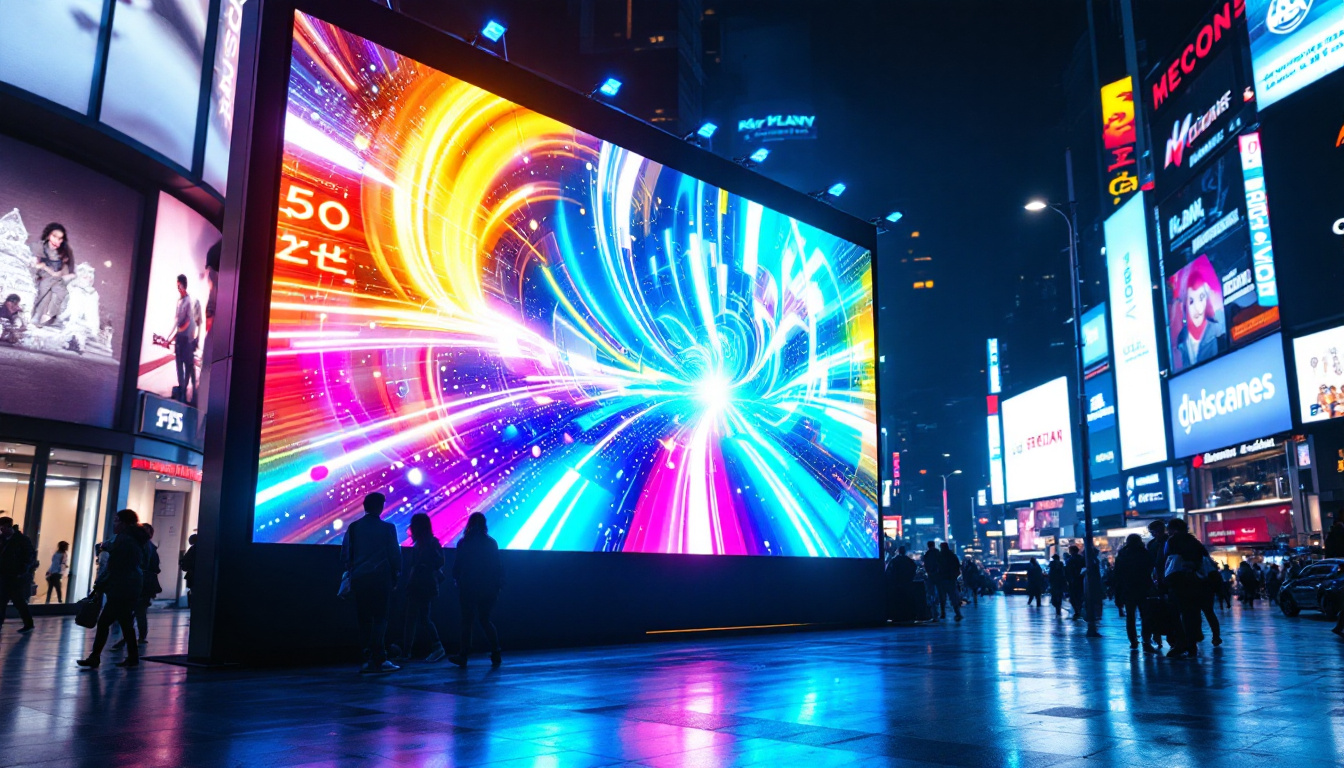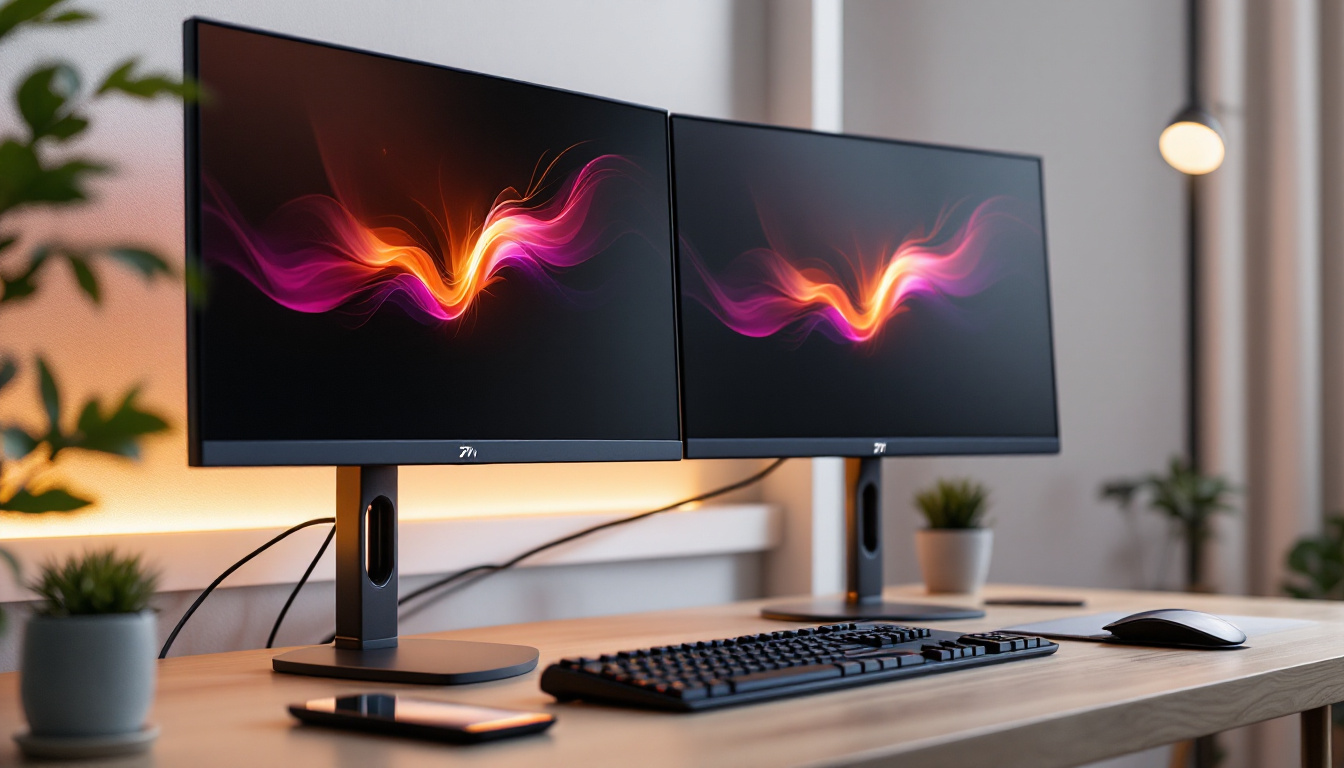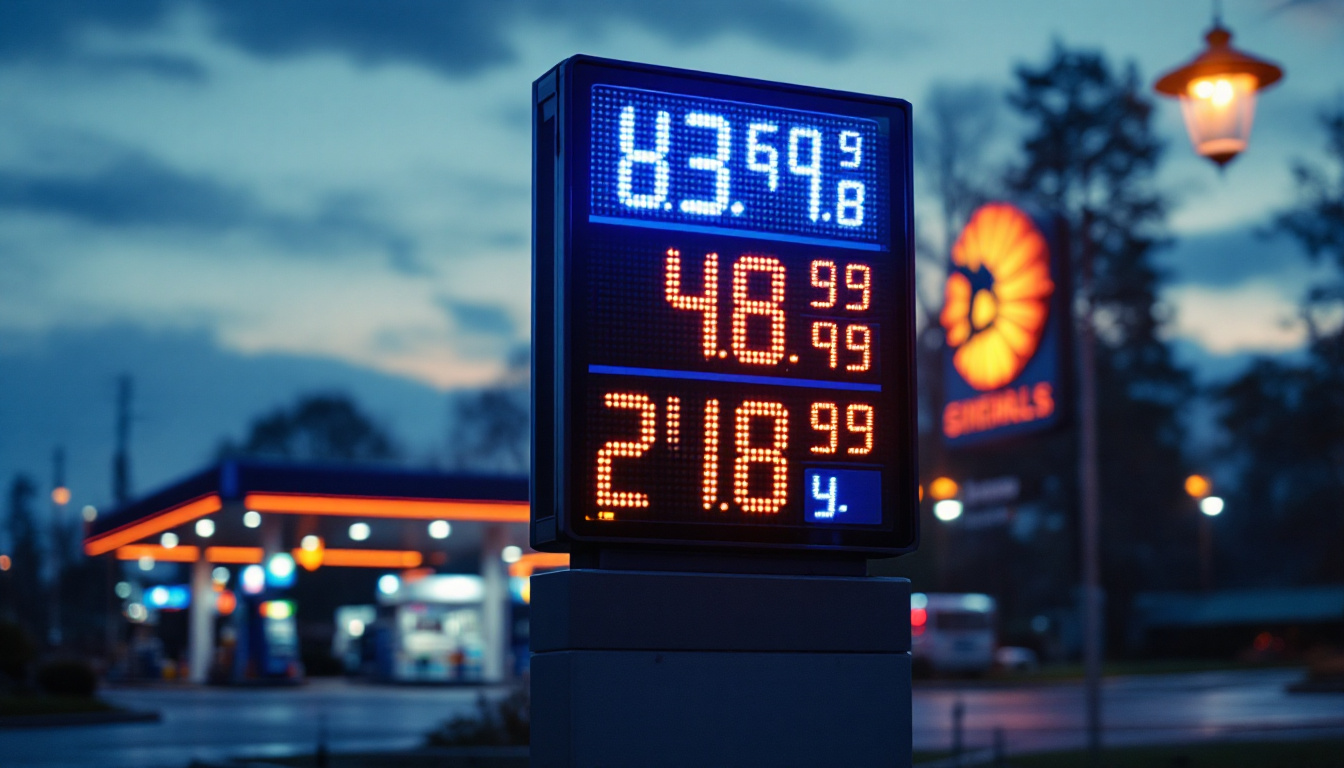In the realm of modern technology, LED displays have become a staple in both commercial and residential settings. Their vibrant colors, energy efficiency, and sleek designs make them a popular choice for everything from televisions to digital signage. However, understanding the specifications of these displays, including their sizes, is crucial for making informed purchasing decisions. This article will delve into the conversion of 75 inches to millimeters, explore the characteristics of LED displays, and discuss their applications in various fields.
Understanding the Measurement: Inches to Millimeters
Before diving into the specifics of LED displays, it is essential to understand the conversion between inches and millimeters. The inch is a unit of measurement commonly used in the United States, while millimeters are part of the metric system, which is used globally. Knowing how to convert between these two units can help in understanding the size of a display in a more universally recognized format.
The Conversion Formula
The conversion from inches to millimeters is straightforward. One inch is equal to 25.4 millimeters. Therefore, to convert 75 inches to millimeters, the calculation would be as follows:
75 inches × 25.4 mm/inch = 1905 mm
This means that a 75-inch display measures 1905 millimeters diagonally. This measurement is crucial for ensuring that the display fits appropriately in the designated space, whether it be a living room, conference room, or retail environment.
Why Size Matters
When selecting an LED display, size is one of the most critical factors to consider. A 75-inch display is substantial, making it ideal for large rooms or areas where a significant viewing distance is available. The size impacts not only the viewing experience but also the overall aesthetics of the space.
For instance, in a home theater setup, a larger screen can enhance the cinematic experience, providing a more immersive environment. In contrast, a smaller screen might be more suitable for a cozy living room, where viewers are seated closer to the display. Understanding the size in millimeters allows for better planning and integration into the existing decor.
Moreover, the size of the display also influences the resolution and pixel density, which are critical for delivering sharp images. A larger screen with a lower resolution can result in a pixelated image, detracting from the viewing experience. Therefore, when considering a 75-inch display, it is vital to pair it with an appropriate resolution, such as 4K or higher, to ensure that the quality remains uncompromised. This balance between size and resolution is essential for achieving the best visual performance, especially in environments where high-definition content is frequently viewed.
Additionally, the placement of the display is equally important. A 75-inch screen can dominate a room, so strategic positioning is necessary to maximize both visibility and comfort. For example, mounting the display at eye level can enhance the viewing experience, while ensuring that it is not too close to seating areas can prevent eye strain. Therefore, taking measurements in millimeters can assist in determining the optimal height and distance for installation, ensuring that the display is not only a focal point but also a functional addition to the space.
Exploring LED Display Technology
LED (Light Emitting Diode) technology has revolutionized the way displays are designed and utilized. Unlike traditional LCD or plasma screens, LED displays offer numerous advantages that make them a preferred choice for many consumers and businesses alike.
How LED Displays Work
At the core of LED display technology is the use of tiny light-emitting diodes. These diodes produce light when an electric current passes through them. In an LED display, thousands of these diodes are arranged in a grid to form images and videos. The brightness and color of each pixel can be individually controlled, allowing for stunning visuals and high contrast ratios.
There are two main types of LED displays: direct-lit and edge-lit. Direct-lit displays have LEDs positioned behind the screen, providing uniform brightness across the entire display. Edge-lit displays, on the other hand, have LEDs positioned along the edges, which can result in thinner designs but may lead to uneven brightness in certain areas.
Benefits of LED Displays
LED displays come with a plethora of benefits. One of the most significant advantages is their energy efficiency. Compared to traditional display technologies, LED screens consume less power, making them more environmentally friendly and cost-effective in the long run.
Additionally, LED displays offer superior color accuracy and brightness levels. This capability allows for vibrant images that can be viewed in various lighting conditions, from dimly lit rooms to bright outdoor environments. The longevity of LED technology also means that these displays tend to last longer than their counterparts, reducing the need for frequent replacements.
Applications of 75-Inch LED Displays
The versatility of a 75-inch LED display makes it suitable for a wide range of applications. From home entertainment to professional settings, these displays can enhance the experience in various environments.
Home Entertainment
In a residential setting, a 75-inch LED display can transform the way families consume media. Whether it’s watching movies, playing video games, or streaming content, a larger screen provides a more engaging experience. The immersive quality of a big screen can make movie nights feel like a trip to the cinema, allowing families to enjoy their favorite films together.
Moreover, with advancements in smart technology, many LED displays now come equipped with built-in streaming capabilities, allowing users to access their favorite shows and movies without the need for additional devices. This convenience further enhances the appeal of larger displays in home entertainment.
Corporate and Educational Use
In corporate environments, a 75-inch LED display can serve as a powerful tool for presentations and meetings. The large screen allows for clear visibility, ensuring that all participants can see the content being presented, regardless of their seating position. This feature is particularly beneficial in larger conference rooms or auditoriums.
In educational settings, these displays can facilitate interactive learning experiences. Teachers can use them to present multimedia content, engage students in discussions, and even conduct live demonstrations. The ability to connect to various devices further enhances the functionality of these displays in classrooms, making learning more dynamic and engaging.
Retail and Advertising
In the retail sector, 75-inch LED displays are often used for digital signage. These displays can attract customers’ attention with vibrant advertisements and promotional content. The large screen size allows for eye-catching visuals that can effectively communicate messages to potential buyers, increasing foot traffic and sales.
Moreover, LED displays can be updated in real-time, allowing retailers to modify their advertising strategies based on current trends or inventory levels. This flexibility makes LED displays an invaluable asset in the fast-paced world of retail marketing.
Choosing the Right LED Display
When it comes to selecting the right LED display, several factors should be considered beyond just size. Understanding the specifications and features of the display can help ensure that it meets the intended purpose.
Resolution and Picture Quality
The resolution of an LED display is a crucial aspect that determines picture quality. Common resolutions include Full HD (1920 x 1080), 4K (3840 x 2160), and even 8K (7680 x 4320). Higher resolutions provide more detail and clarity, making them ideal for large screens where viewers are seated farther away.
For a 75-inch display, a 4K resolution is often recommended, as it provides sharp images and vibrant colors, enhancing the overall viewing experience. This is particularly important for applications such as home theaters, where picture quality is paramount.
Connectivity Options
Another essential factor to consider is the connectivity options available on the display. Modern LED displays typically come with multiple HDMI ports, USB ports, and even wireless connectivity options. These features allow users to connect various devices, such as laptops, gaming consoles, and streaming devices, making it easier to switch between different sources of content.
Additionally, some displays may offer smart capabilities, allowing users to access streaming services and apps directly from the display without the need for external devices. This convenience can significantly enhance the user experience.
Maintenance and Care for LED Displays
To ensure the longevity and optimal performance of a 75-inch LED display, proper maintenance and care are essential. Regular cleaning and appropriate usage can help prevent common issues and extend the lifespan of the display.
Cleaning Tips
Cleaning an LED display should be done with care to avoid damaging the screen. It is recommended to use a microfiber cloth and a gentle cleaning solution specifically designed for screens. Avoid using abrasive materials or harsh chemicals that can scratch or damage the surface of the display.
When cleaning, it is best to turn off the display and unplug it to prevent any electrical issues. Gently wipe the screen in circular motions, ensuring that no moisture seeps into the edges of the display. Regular cleaning can help maintain picture quality and prevent dust buildup.
Optimal Usage Practices
To maximize the lifespan of an LED display, it is advisable to avoid displaying static images for extended periods. This practice can lead to burn-in, where remnants of the static image remain on the screen. Instead, using screensavers or rotating content can help prevent this issue.
Additionally, ensuring proper ventilation around the display is crucial. Overheating can affect performance and longevity, so it is essential to keep the display in a well-ventilated area and avoid blocking any air vents.
Conclusion
In summary, understanding the conversion of 75 inches to millimeters is just the beginning of exploring the world of LED displays. With their numerous applications, benefits, and considerations for selection, LED displays have become an integral part of modern technology. Whether for home entertainment, corporate presentations, or retail advertising, a 75-inch LED display can significantly enhance the user experience.
By considering factors such as resolution, connectivity, and maintenance, consumers can make informed decisions that align with their needs. As technology continues to evolve, LED displays will undoubtedly remain at the forefront, offering stunning visuals and unparalleled versatility.
Discover LumenMatrix LED Displays
Ready to elevate your visual experience with a 75-inch LED display that offers unmatched clarity and vibrancy? Look no further than LumenMatrix, a pioneer in LED display technology. Our extensive range of solutions, including Indoor and Outdoor LED Wall Displays, Vehicle LED Displays, and innovative options like LED Posters, Sports, Floor, Custom, All-in-One, and Transparent Displays, is designed to captivate your audience and amplify your message. Embrace the future of visual communication with LumenMatrix and create an impact that resonates. Check out LumenMatrix LED Display Solutions today and transform your space into a dynamic visual showcase.

